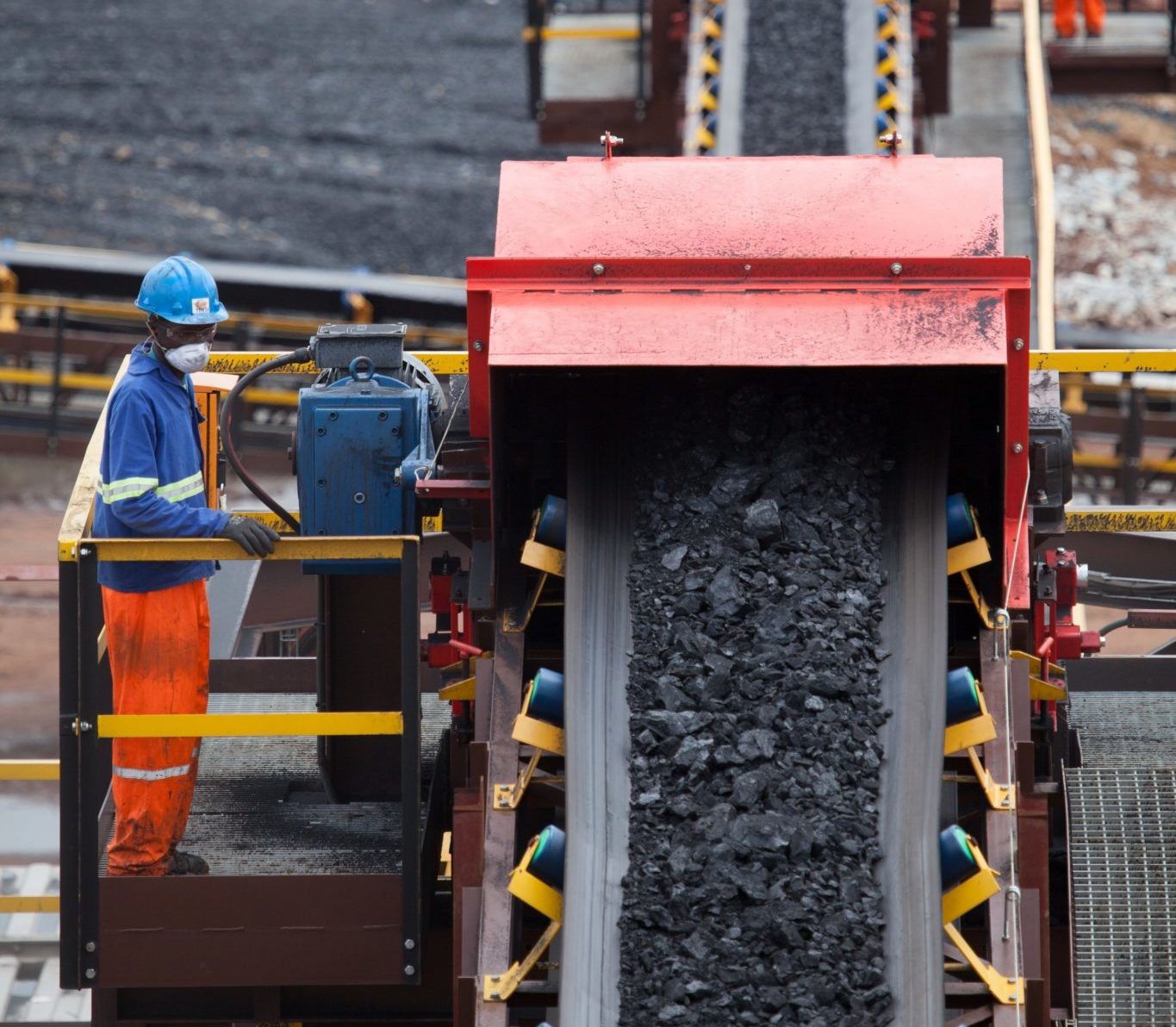Can mines become more efficient – and safe – through tech? Robots, drones and virtual reality tools are now being used for sophisticated drilling operations.
The mining industry has been pivotal to the economy of South Africa for many years, but the current climate is tough.
Investor confidence in the sector is waning, with the country’s mines struggling in the face of a declining economy and regulatory uncertainty. The industry used to contribute almost a fifth of the country’s GDP, but this contribution has been declining by about 0.2% per year.
In the meantime, input costs are rising, with the end result being an almost 50% decline in investor profits, while dividends have fallen by more than half. As a result, employment has fallen. In the gold mining sector, for example, almost 50,000 jobs have been lost since 2009. In a bid to make the sector more efficient and increase margins, mining firms are turning to tech.
The old technologies – pneumatic drills and the like – being employed by individual miners are slowly being phased out. Robots, drones and virtual reality are the new order of the day.
At Kumba Iron Ore, one of the largest producers of iron ore globally, drilling is going high-tech. Whereas miners used to sit for up to eight hours at a time on a truck-sized machine, drilling holes in which to place explosives, now they can do it from the comfort of an office. Kumba is one of only two iron ore mining firms globally to have started using autonomous drills.
READ MORE: Mining Charter Back To Square 26
The decision to use this drill was a response to the volatility of the commodities market. Investing in tech, the company believed, would make its operations more efficient.
Between 2014 and 2017, Kumba has spent R748 million (about $52.5 million) on the implementation of new technologies.
Drones took flight over its Kolomela mine in South Africa’s Northern Cape province in December 2015, and Kumba now has a fleet of 10. Fitted with state-of-the-art cameras and laser scanners, they have taken over drilling operations, as well as providing up-to-date, real-time data on the mine’s operations. Surveyors are safer as they do not need to physically visit sites.
“The technology projects are aimed at creating safer work environments by removing people from harmful environments, improving productivity through the implementation of real time, efficient solutions that results in driving down costs and maximizing the utilization of current and future resources in order to remain competitive in the long-term through the development of low-grade beneficiation technology,” says Bongi Ntsoelengoe, Technology Manager at Kumba Iron Ore.
The results have been impressive, with Kumba’s productivity rising dramatically. Operating hours are up by 20%, according to Ntsoelengoe, while drill hole quality has improved and the company will need fewer drilling machines over the mine’s lifetime. Not only have efficiencies and production improved, driving down operating costs, the mines are also safer.

Bongi Ntsoelengoe, Technology Manager at Kumbe Iron Ore. Photo Supplied.
“Benchmarking studies have shown that South African mining industry has lagged behind in the adoption of technology until recently,” Ntsoelengoe said.
That is slowly changing. Another mining giant becoming increasingly tech-savvy is Rio Tinto, which has the largest fleet of driverless trucks in the industry.
These trucks are remotely controlled from a state-of-the-art operations center 1,500 kilometers away, and hauled one billion tonnes of ore in February alone.
Rio Tinto is also establishing the world’s first fully-autonomous heavy haul, long-distance rail network, and is the first mining company to achieve fully-automated hole pattern drilling without human intervention. Its iron ore business currently operates seven fully autonomous rigs for drilling production blast holes.
“Our Autonomous Drill System enables a single operator from a remote location to operate up to four autonomous drill rigs simultaneously. This technology is much safer for the operator and has improved both precision and equipment utilization,” says Stephen McIntosh, Rio Tinto’s Group Executive, Growth & Innovation.
Meanwhile, 3D visualization technology RTV delivers real-time 3D models of ore deposits located far beneath the surface that previously couldn’t be measured.
“This enables more accurate drilling and blasting, reduced explosive use and better waste classification,” says McIntosh.
Like Kumba, Rio Tinto is also improving its data collection through tech. Its Mine Automation System (MAS) allows it to combine myriad streams of data to deliver operational insights in real-time to step up productivity performance.
“It helps give us a better understanding of what grade is where before we mine and is a powerful resource to drive productivity improvements from mine to market,” says McIntosh.
Meanwhile, the environment is also benefitting.
Rio Tinto has launched the world’s first certified low CO2 aluminium, RenewAl, and cutting-edge AP smelting technology, which reduces electricity use and lowers emissions.
“As we look to develop more mines at greater depths, we’re using technology to keep people safe – such as sensors to monitor conditions, autonomous vehicles to haul ore, and complex ventilation systems to create a comfortable working environment,” says McIntosh.
He says Rio Tinto’s early adoption of automation was across the board, helping it drive productivity, lower costs and increase safety. This was the direction in which the industry is headed, he says, with more mines likely to jump on board and invest in tech in the future. This could help pull the whole industry out of the doldrums.
“As an industry, we have achieved incredible things through scaling and ever refining known technologies,” says McIntosh.
– By Tom Jackson
